A critical element of product marketing, customer/market feedback presents product marketers with the opportunity to step into the mind of their audience, with their responses providing an indicator of how well a product or service has performed, and where changes can be made in the future.
But is it really that essential? How should marketers complete the process? And more to the point, how should findings influence long-term strategy.
In this article, we'll focus on key areas, including:
- What is customer/market feedback?
- Why is customer feedback important?
- How often should you collect customer feedback?
- How to collect customer feedback
- How should customer/market feedback feed into your strategy?
What is customer and market feedback?
Customer feedback is the information, opinions, and insights your customers share about their experiences with your product, service, or brand. It's the raw, unfiltered voice of the people who actually use what you offer. Market feedback, on the other hand, encompasses broader insights from your entire target market—including prospects who haven't purchased yet and competitive intelligence about industry trends.
Unlike win/loss interviews that focus on specific deal outcomes, customer feedback captures the ongoing relationship and evolving needs throughout the entire customer journey.
Types of customer feedback
Understanding different feedback types helps you build a comprehensive listening strategy:
Direct vs. indirect feedback
Direct feedback comes straight from customers through surveys, interviews, or support conversations. You're actively asking for their input. Indirect feedback is what customers say when they don't know you're listening—social media posts, third-party review sites, or community forums.
Solicited vs. unsolicited feedback
Solicited feedback is requested through specific channels like NPS surveys or feedback forms. Unsolicited feedback arrives organically through support tickets, social mentions, or unprompted emails. Both offer unique value—solicited gives you control over timing and topics, while unsolicited often reveals unexpected insights.
Qualitative vs. quantitative feedback
Quantitative feedback provides measurable data like satisfaction scores or feature usage rates. Qualitative feedback offers rich context through open-ended responses, helping you understand the "why" behind the numbers. You need both to see the complete picture.
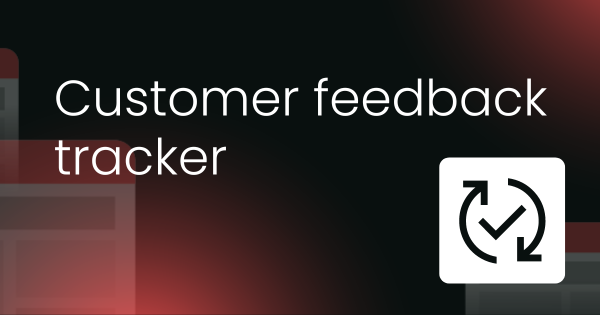
Why is customer feedback important?
Customer feedback isn’t just background noise—it’s a revenue lever. In the latest State of SWOT Report, 23.3% of organizations track feedback-driven jumps in customer satisfaction, while 38.3% link those insights straight to revenue growth.
It directly impacts your bottom line
Retention still rules. The State of Product Marketing Report 2025 shows 31.7% of product marketers call it their north-star KPI—and for good reason: bump retention just five percent and profitability can soar by 25% to 95%. Close the loop or lose them — Gallup found that 71% of B2B buyers are ready to walk when their feedback goes unanswered.
It influences purchase decisions
Your customers' voices carry more weight than your marketing messages. Research shows that most buyers read reviews before making a purchase, and many will pay more for products from brands with positive feedback. Every piece of feedback becomes social proof that either attracts or repels potential customers.
It improves products faster than any other method
While you might know your product inside out, you don't use it daily like your customers do. Their feedback reveals blind spots in user experience, uncovers edge cases you never considered, and prioritizes features based on actual need rather than assumptions. Companies that implement customer-requested features see significantly higher purchase rates.
It builds brand advocates
When customers see you listening and implementing their suggestions, something powerful happens. Most consumers view brands more favorably when they proactively seek feedback. Even better, customers who have a positive experience after providing feedback often become loyal brand advocates.
Did you know...
It costs 5x to 25x more to acquire new customers than to keep existing ones happy. Yet many companies spend the majority of their budget on acquisition while underinvesting in feedback systems that could dramatically improve customer retention. Customer feedback isn't just nice to have—it's the most cost-effective growth strategy available.
When customers are engaged through feedback, it has a profound effect on buying habits, with engaged customers likely to purchase a product 90% more often and spend up to 60% more, per transaction.
How to collect customer feedback
Modern feedback collection tools
Beyond traditional methods, today's technology offers powerful ways to capture real-time customer feedback:
In-app feedback widgets let users share thoughts without leaving your product. They typically see 3x higher response rates than email surveys because you're catching users in the moment.
Session recordings and heatmaps provide behavioral feedback—showing what users actually do versus what they say. This indirect feedback often reveals usability issues customers can't articulate.
AI-powered sentiment analysis automatically categorizes feedback from support tickets, social media, and reviews. It helps you spot trends across thousands of data points that manual analysis would miss.
Creating a multi-channel feedback strategy
The most successful companies don't rely on a single feedback source. They orchestrate feedback collection across every customer touchpoint.
Map your customer journey and identify natural feedback moments — post-purchase, after support interactions, during onboarding. Each touchpoint needs its own lightweight collection method that doesn't disrupt the experience.
Centralize all feedback into a single system where product, marketing, and customer success teams can access insights. When feedback lives in silos, you miss patterns that could transform your business.
How often should you collect customer feedback?
There’s no definitive time frame in which feedback from customers needs to be collected; it’s an ongoing process, and this will vary.
When we speak to product marketers in search of a more clear-cut answer, there’s no consistent answer provided, with some conducting customer feedback daily, whilst others check in fortnightly.
Psst. Check out this article on ‘ How often should you talk to customers?’ for more on the frequency side of things.
Nonetheless, it’s worth noting that customers are at the core of your practice and so liaising regularly will enable you to spot flaws quicker and rectify such issues.
How to collect customer feedback
When collecting customer feedback, it’s pivotal to utilize all resources and contact points available.
While phone or face-to-face interviews are the preferred means of collecting customer feedback, we get this can be difficult to facilitate sometimes. However, there are alternative options out there, like:
- Internal data - communicate with your sales and customer success teams, to ensure their data is being used to its fullest potential.
- Surveys - whether it’s in-app or over email, sending out surveys in standalone communications, or engrained into your email footer, for example, is a fairly low-resource route to topping up your feedback pot.
- Social media - with 3.8 billion people registered, the likes of Facebook, LinkedIn, Twitter, and Instagram are a great way to generate feedback from your target market. User-friendly tools such as poll options present product marketers with the opportunity for customers to offer their opinions in an engaging, interactive way.
- Email - email contact forms are a simple, yet highly effective way to generate feedback from your customers, and there are proactive steps that can be introduced to improve response rates. For instance, set expectations amongst the recipients of the correspondence, and let them know when you’ll be back in touch. A range of specialist tools are also available, to ensure that minute details are captured.
- Customer interviews - Going direct to the source and proactively seeking feedback is an effective way to gain useful customer insights. Interviews give customers the chance to candidly express their opinions, and this qualitative data can add further detail to quantitative findings that may have materialized.
- Online tools - Analytical tools such as Google Analytics and Hotjar offer statistical insights into the performance of a product or service. Plugins such as website heat maps indicate which areas of a website are being attracted to most, while statistics such as bounce rate reveals whether the content is engaging, or not.
So, you’ve got the customer on the phone or convinced them to open your online survey, now what? There is a multitude of questions that can be asked when asking customers for product feedback, and here are just a few:
- How did you find our onboarding process?
- How would you rate the usability of our dashboard?
- How can we improve a certain feature?
- How would you describe our customer service?
Head to our membership plans, access our mighty ‘Customer feedback Qs list’ in our list of discovery templates, and get access to more questions like these.
How to build an effective customer feedback loop
A customer feedback loop transforms one-time insights into continuous improvement. It's the difference between collecting feedback and actually using it to drive growth.
The four stages of a feedback loop
Collect: Gather feedback through multiple channels—surveys, support tickets, reviews, and behavioral data. The key is consistency. Set up automated triggers so feedback collection happens naturally throughout the customer journey.
Analyze: Look for patterns, not just individual complaints. If three customers mention the same issue, it's a trend. If 30 mention it, it's a priority. Use tagging and categorization to spot themes across different feedback sources.
Implement: Turn insights into action by creating a prioritization framework. Score feedback based on customer impact, implementation effort, and strategic alignment. Start with quick wins that show customers you're listening.
Measure: Track whether changes actually improved the customer experience. Did satisfaction scores increase? Did the complaints stop? This data feeds back into the loop, helping you refine your approach.
Turning insights into product marketing wins
Customer feedback reveals more than product issues—it hands you your next marketing campaign. When multiple customers praise a specific feature, that becomes your hero message. When they describe benefits you hadn't considered, those become new positioning angles.
For example, if feedback shows customers using your project management tool primarily for client communication (not internal tasks), you'd shift messaging to emphasize collaboration features. You might even create new segments targeting agencies versus internal teams.
Closing the loop with customers
The most overlooked step? Telling customers what you did with their feedback. Send personal responses to customers whose suggestions you implemented. Share broader updates through:
- Product changelog emails highlighting customer-requested features
- "You asked, we listened" campaigns showcasing improvements
- Case studies featuring customers whose feedback shaped your product
When customers see their input creating real change, they become your strongest advocates. They're also more likely to provide feedback again, strengthening your feedback loop for continuous improvement.
Ready to transform customer feedback into revenue growth?
You've learned the strategies—now get the tools to execute them. With Pro+ Membership, you'll access everything you need to build a world-class customer feedback program:
✅ Customer Research Certified: Masters - Master the art of gathering, analyzing, and acting on customer insights with our comprehensive certification
✅ Ready-to-use templates - Customer feedback trackers, interview guides, and analysis frameworks to jumpstart your program
✅ Expert-led workshops - Live sessions on voice of customer programs, win/loss analysis, and turning feedback into product strategy
✅ Exclusive community - Connect with 50,000+ product marketers sharing their feedback collection wins and challenges
Level-up your skills and join thousands of product marketers who've transformed their customer feedback into competitive advantage.





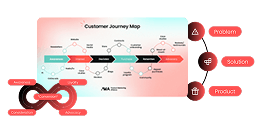


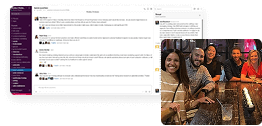
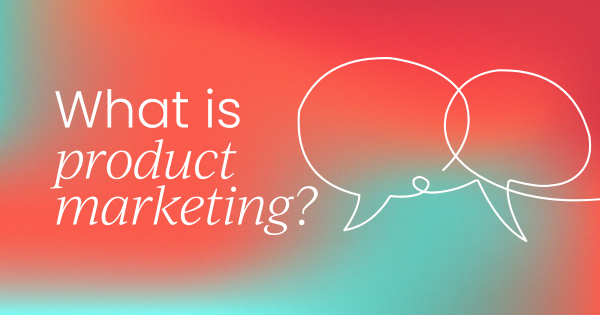
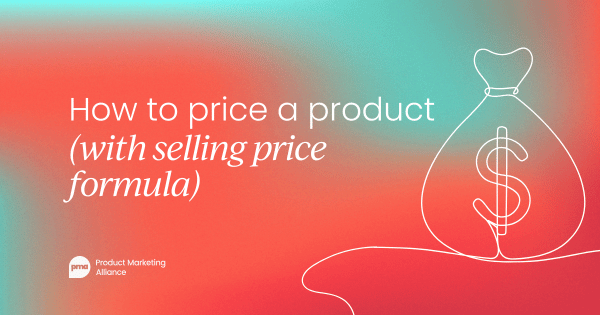
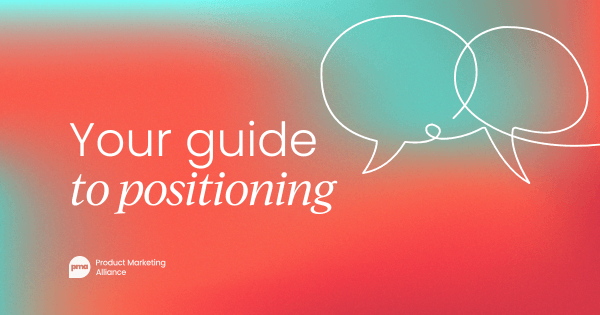
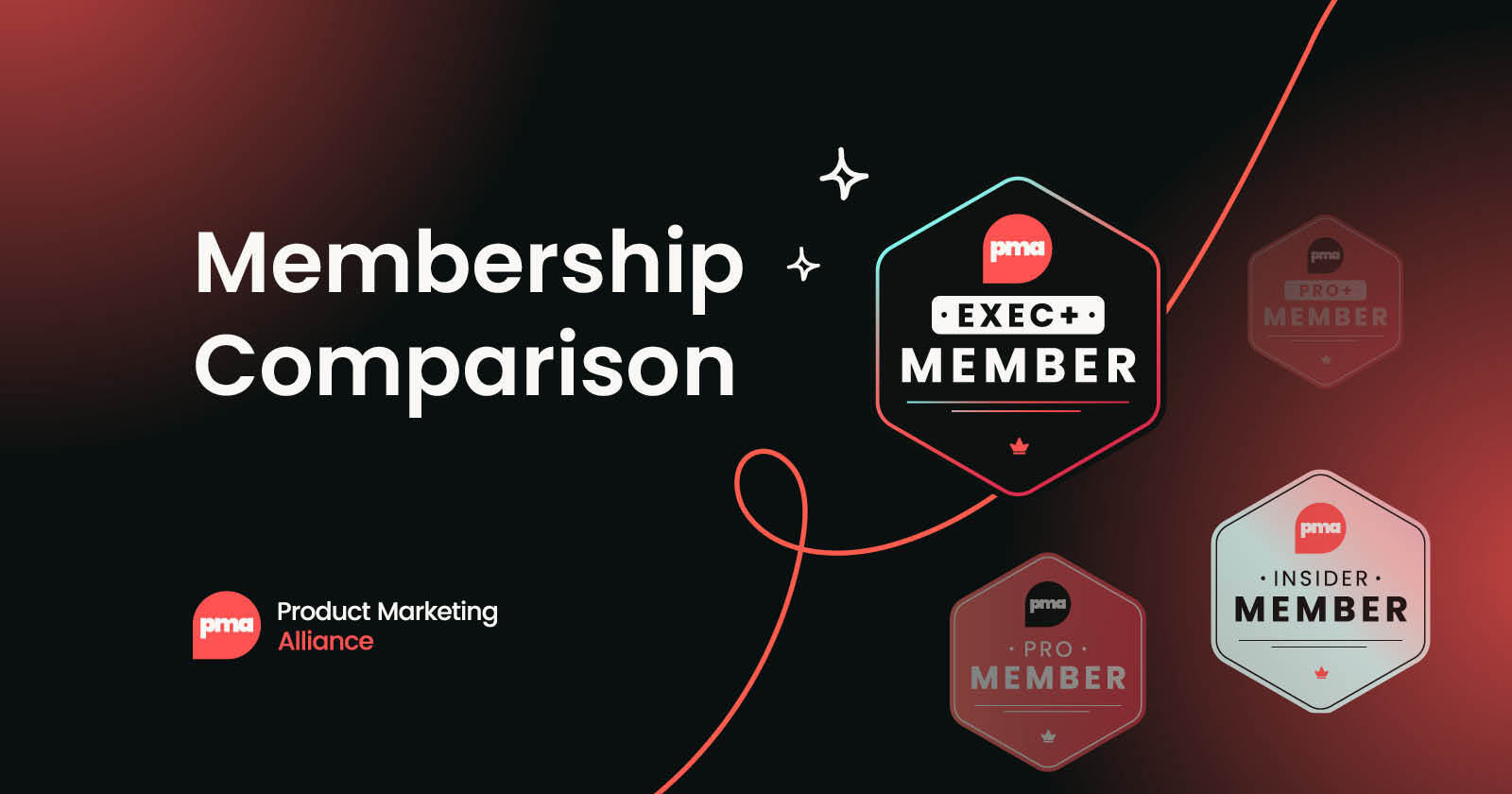
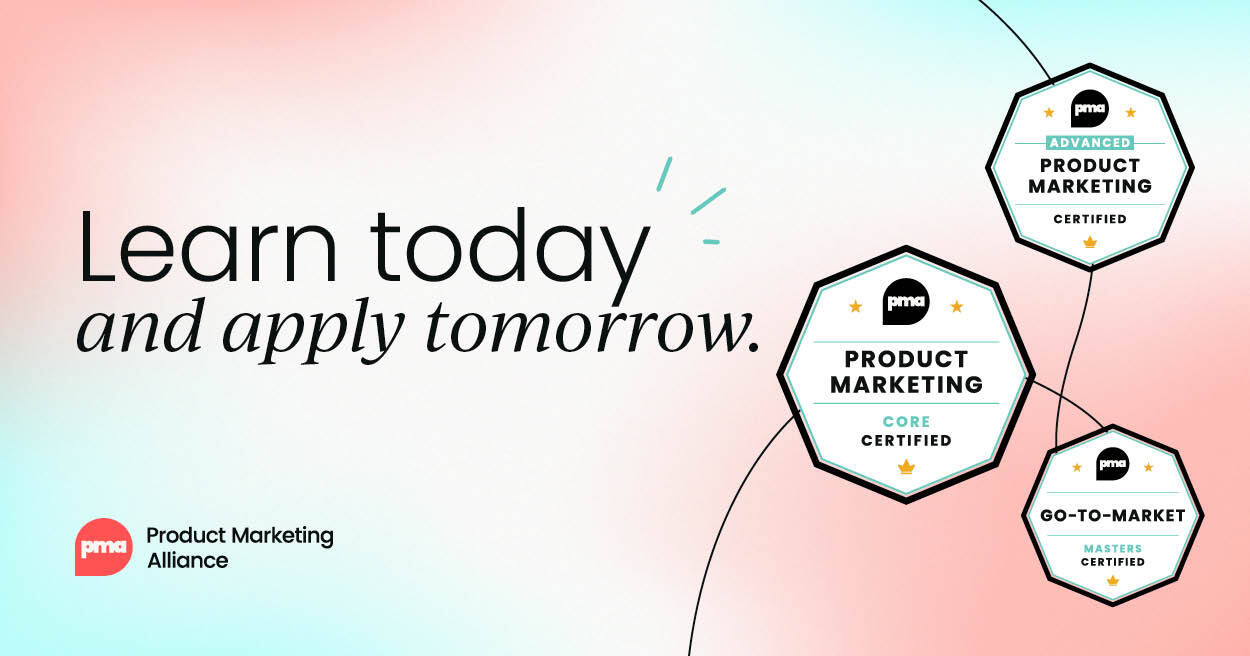
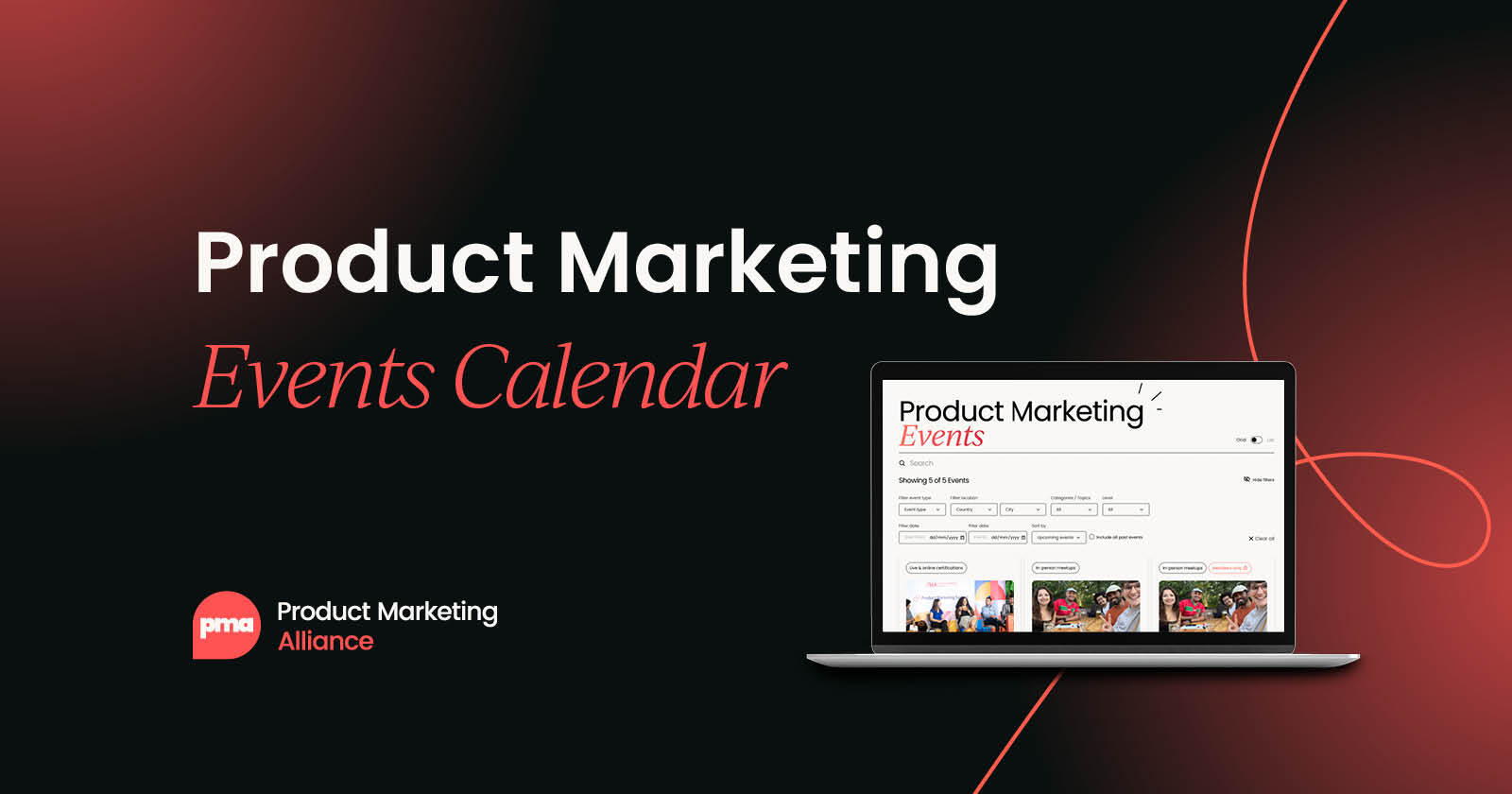
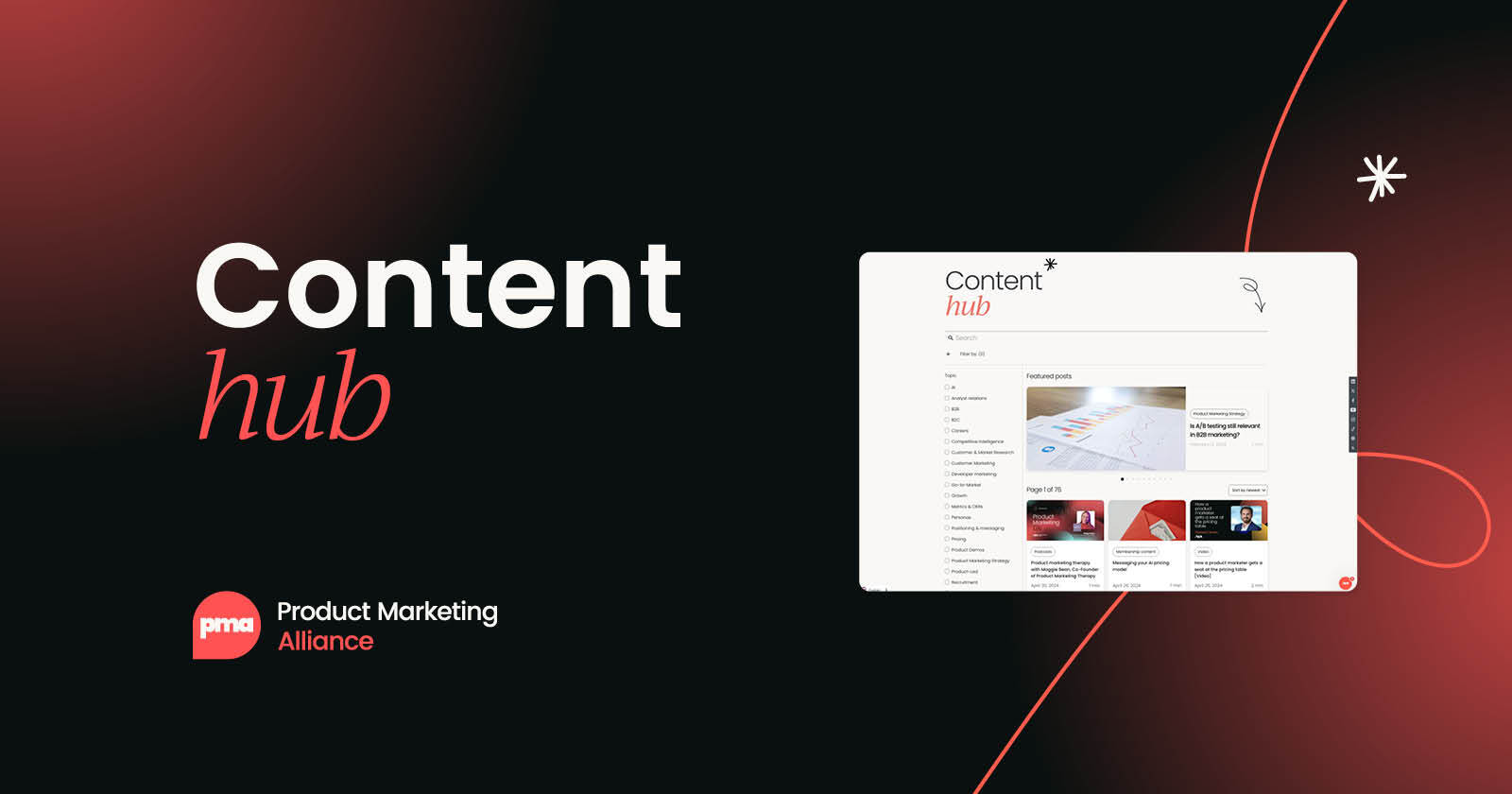

 Follow us on LinkedIn
Follow us on LinkedIn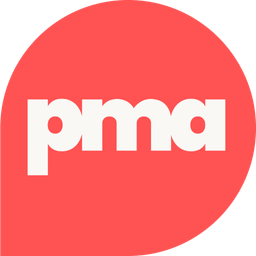





.svg)
Start the conversation
Become a member of Product Marketing Alliance to start commenting.
Sign up now